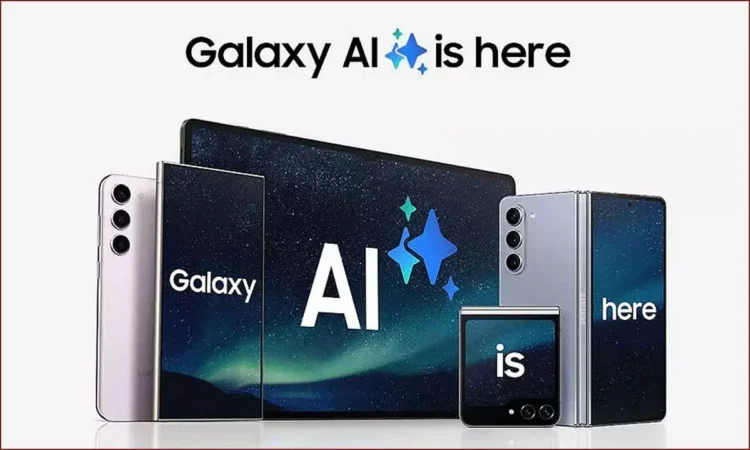Samsung has confirmed that users will not incur charges for Galaxy AI in the near future. The company is instead concentrating on promoting adoption across its diverse array of devices, including smartphones and tablets, while enhancing its ecosystem with AI-driven functionalities. Aditya Babbar, Vice President of MX Business at Samsung India, stated, “Adoption of technology is the primary goal… I don’t see monetisation happening in recent time. Our focus is more on the adoption side. But we continue to closely monitor this, and we will go as per the industry trends.” This approach highlights Samsung’s strategy to prioritize accessibility and scale before revenue, making advanced tools accessible to millions.
This initiative coincides with the company’s recent achievements, such as the Galaxy Z Fold 7, which achieved record pre-bookings of 210,000 units in India. Samsung’s philosophy regarding AI emphasizes addressing real-world challenges rather than merely introducing new technology. The company centers its efforts around user requirements, focusing on communication, productivity, and creativity. Babbar elaborated, “We put this segmentation of consumer use first and then [see] how AI can empower them to do it in the best way.” This perspective has led to the development of features like Live Translate, facilitating seamless communication between users of different languages. Additionally, this philosophy extends into photography, where Samsung identifies three key moments in a user’s experience: click, edit, and share.
While clicking a photo is immediate, editing typically takes longer—an area where Galaxy AI excels. Babbar explained, “The need is that I want to erase something, I want to enhance this picture… While you are clicking, controlling some of that is almost impossible,” showcasing how on-device generative AI allows users to remove objects or restore obscured details in their images. Samsung is also customizing Galaxy AI for various devices. On foldables and tablets, productivity features such as summarizing lengthy PDFs or transcribing audio are prevalent. Flip-style devices promote creative usage, while tablets support advanced tools like Sketch to Image. This flexible approach ensures that AI integrates smoothly into users’ workflows rather than providing a uniform solution.
To bolster adoption, Samsung has heavily invested in retail experiences, establishing over 20,000 AI-enabled experience zones across India, which allow consumers to test Galaxy AI features in real-world scenarios—even in areas with unreliable internet, due to in-store Wi-Fi. Babbar emphasized, “The moment of truth happens to be a very, very important belief for the consumer.” He added that Samsung has extensively trained its staff to go beyond hardware expertise and focus on how AI enhances everyday experiences. With the festive season approaching, Samsung is intensifying its commitment to this hands-on approach. For the time being, the company’s clear message is that Galaxy AI aims to reach the widest possible audience, without imposing charges for innovation.


